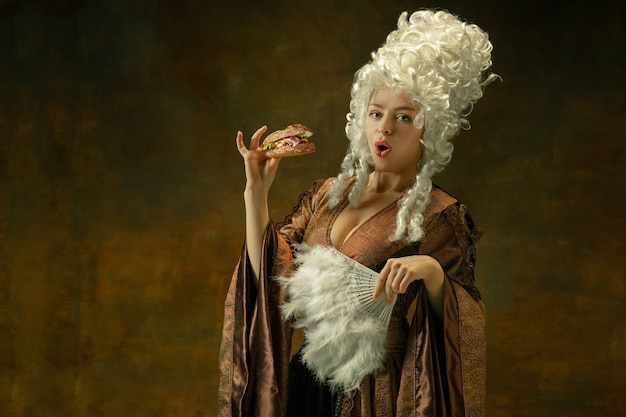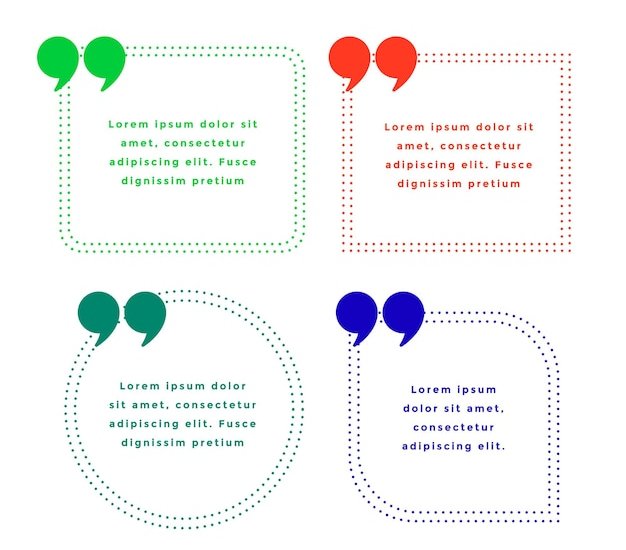10 Fascinating Facts About Marie Antoinette

Marie Antoinette was born on November 2, 1755, in Vienna, Austria.
She was the 15th child of Holy Roman Emperor Francis I and Empress Maria Theresa.
Marie Antoinette’s full name was Maria Antonia Josepha Johanna von Habsburg-Lothringen.
At the age of 14, she married the future King Louis XVI of France.
Marie Antoinette became the Queen of France in 1774.
She was known for her extravagant lifestyle and lavish spending.
Marie Antoinette was often criticized for her love of fashion and excessive gambling.
The phrase Let them eat cake is often attributed to Marie Antoinette, although there is no historical evidence to support this claim.
She was a patron of the arts and helped support many talented artists and musicians.
Marie Antoinette was a talented musician herself and loved to play the harp.
She had four children with Louis XVI, including two daughters and two sons.
Marie Antoinette was known for her elaborate hairstyles, which often featured feathers, ribbons, and jewels.
She was a fashion icon of her time and set many trends with her clothing choices.
Marie Antoinette was often depicted in portraits wearing extravagant and opulent gowns.
She was accused of being too influenced by her native Austria and not caring enough for the needs of the French people.
Marie Antoinette’s reputation worsened with the outbreak of the French Revolution in 1789.
During the Revolution, she was seen as a symbol of the monarchy’s extravagance and was often targeted by the revolutionaries.
10 Fascinating Facts About Marie Antoinette part 2
Marie Antoinette was arrested in 1792 and spent the last months of her life imprisoned.
She was put on trial for treason and was found guilty.
Marie Antoinette was executed by guillotine on October 16, 1793.
Her last words were reportedly, Pardon me, Sir, I meant not to do it; a response to accidentally stepping on her executioner’s foot.
After her death, Marie Antoinette became a symbol of the excesses and downfall of the French monarchy.
Over the years, her reputation has been reevaluated, and she is seen by some as a victim of circumstance.
Marie Antoinette’s story has inspired numerous books, movies, and plays.
She is often portrayed as a tragic figure in popular culture.
Marie Antoinette’s personal jewelry collection was sold off during the Revolution and is still admired for its beauty and craftsmanship.
She had a strong influence on the development of French decorative arts during her time as queen.
Marie Antoinette was known for hosting extravagant and elaborate parties at the Palace of Versailles.
She was an avid supporter and collector of porcelain, particularly Sèvres porcelain.
Marie Antoinette had a great affection for her son, Louis-Charles, and even smuggled toys and games into his cell during their imprisonment.
She was a doting mother and was devastated by the deaths of her children.
Marie Antoinette’s youngest daughter, Marie-Thérèse, survived the Revolution and later became the Duchess of Angoulême.
She was known for her love of animals and owned many pets, including dogs, cats, and birds.
Marie Antoinette was deeply interested in the latest fashion trends and was known to have a close relationship with her dressmaker, Rose Bertin.
She was once criticized for wearing a chemise a la reine, a simple, lightweight dress that did not conform to the rigid court fashion of the time.
Marie Antoinette loved to play games, especially billiards and cards.
She was a skilled equestrian and enjoyed riding.
Marie Antoinette was an early advocate for the use of hot air balloons and attended several balloon launches during her time as queen.
She spoke several languages fluently, including French, German, and Italian.
Marie Antoinette was known for her charitable acts, particularly towards orphanages and hospitals.
She and Louis XVI had their own private retreat called the Petit Trianon at the Palace of Versailles, where they could escape the strict protocols of court life.
Marie Antoinette played a significant role in the design and decoration of the Petit Trianon.
She had a close relationship with her brother, Emperor Joseph II of Austria, and often sought his advice and support during her time as queen.
Marie Antoinette was interested in botany and had her own extensive gardens at the Palace of Versailles.
Her life and tragic end continue to fascinate historians and people around the world.

